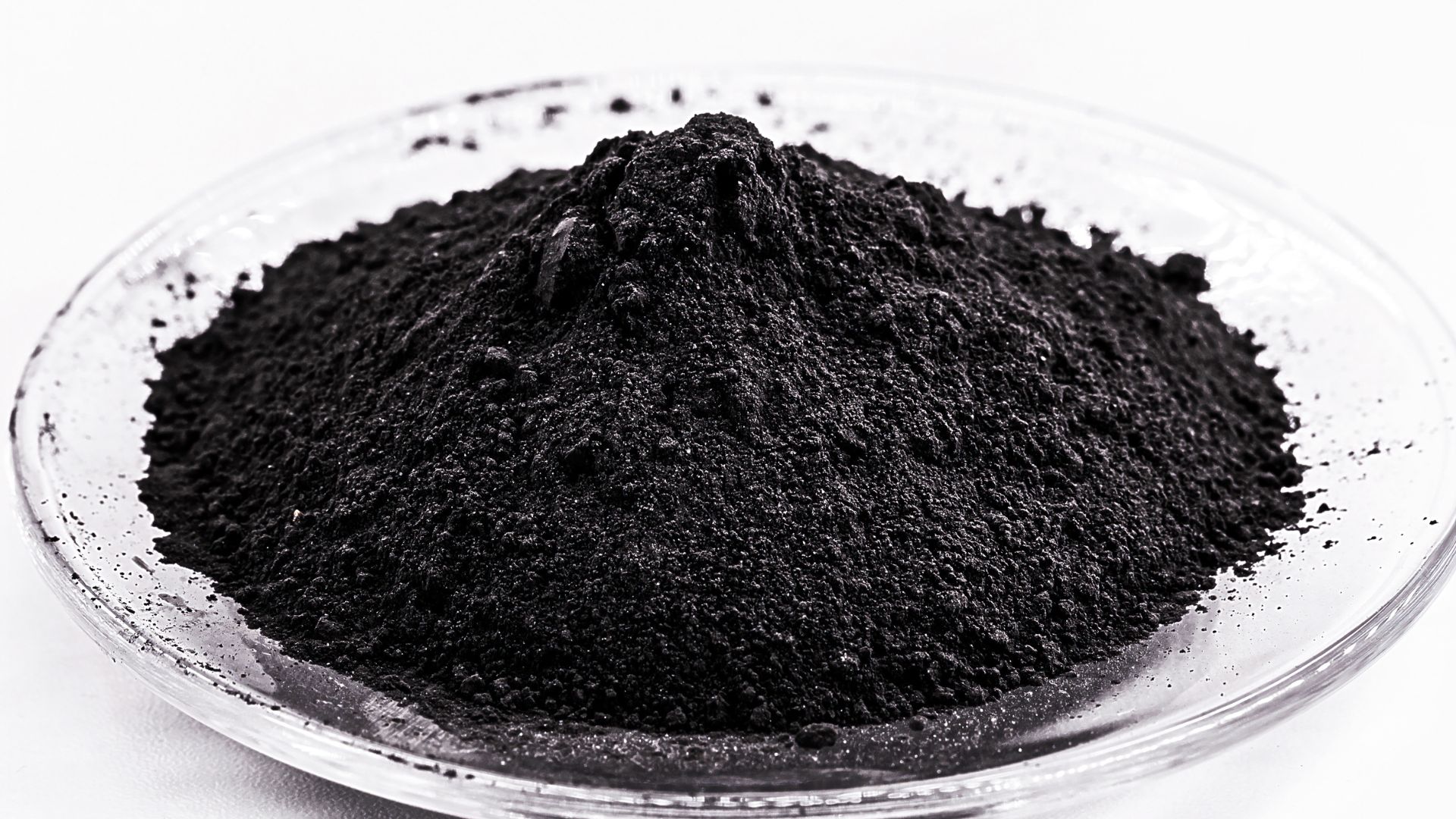Tech
China’s 99.99995% pure graphite challenges US nuclear dominance

China Electronics Technology Group Corporation (CETC), a state-owned enterprise, has developed a process that enables the mass production of graphite with a carbon content exceeding 99.99995%.
“Our newly developed equipment has successfully refined graphite powder from purity of 99.93 percent to over 99.99995 percent,” said CETC general manager Xie Yongqiang, reported SCMP.
“This purity is close to the theoretical limit, with impurities reduced to virtually negligible levels.”
Moreover, CETC’s new production process allows for the creation of ultra-high purity graphite at a lower cost than traditional methods.
According to the company, its process reduces production costs to 40% of those associated with conventional techniques. This cost advantage could significantly impact the global market.
Limitation of previous breakthrough
CETC’s breakthrough has come just a few months after China Minmetals Co stunned the science community by developing ultra-high purity graphite products with a purity degree of over 99.99995%.
“Ultra-high purity refers to graphite with a carbon content of over 99.99%, which is characterized by good self-lubricating properties, good conductivity, corrosion and high-temperature resistance, and excellent chemical stability,” Minmetals had explained when announcing its milestone.
However, Minmetals’ breakthrough is still experimental, and its commercial viability is currently under evaluation.
CETC asserts that it has overcome this scalability challenge and is well-suited for commercialization.
“This process has already been scaled up for mass production, with stable results and strong customer approval,” Xie added.
Applications of high-purity graphite
Graphite is a crystalline form of carbon with a wide range of applications.
For context, electric vehicles require high-purity graphite in their battery anodes. The purity of the graphite directly impacts the battery’s performance, affecting its charging speed, capacity, and lifespan.
In the semiconductor industry, high-purity graphite is used to manufacture crucibles. These containers hold molten silicon during the chip-making process. Notably, the purity of the graphite is essential to prevent silicon contamination.
Aviation is another industry in which high-purity graphite is a highly sought-after material. Because it can withstand extreme temperatures and harsh conditions, it plays a crucial role in constructing several aerospace components.
It moderates in nuclear reactors, slowing down neutrons to maintain a controlled nuclear chain reaction.
Not only technological but also geopolitical implications
Interestingly, this technological breakthrough has geopolitical implications as well. China has placed high-purity graphite on its export control list.
“China holds the largest and highest-quality reserves of natural flake graphite globally. Much like rare earths, graphite is precious and non-renewable; it cannot be sold at low prices only after being roughly processed,” Sun Qing, honorary chairman of the China Carbon Industry Association, told state-owned Global Times in an interview published in October last year, reported SCMP.
It was widely considered a countermeasure to trade restrictions imposed on China by the United States and the European Union.
If CETC’s claims regarding its high-purity graphite are true, controlling its supply could give China an advantage in key technological sectors.




![Betway casino review 🎁 Up to 150 € + 100 bonus spins [2024] Betway casino review 🎁 Up to 150 € + 100 bonus spins [2024]](https://talksport.com/wp-content/uploads/sites/5/2024/11/talksport-betway-casino-op.jpg?strip=all&quality=100&w=1920&h=1080&crop=1)




